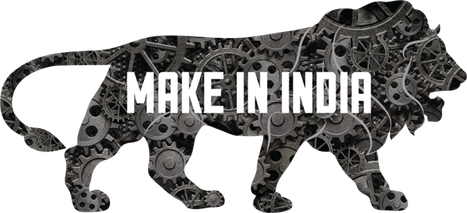INDIAN COMPOSITE INDUSTRY – A RETROSPECT

Composite materials are steadily replacing the conventional metal and metal alloys due to their excellent characteristics such as light weight, high strength, design flexibility, long life with advancement in technology and know how. A composite material is a material made from two or more constituent materials with significantly different physical or chemical properties that, when combined, produce a material with characteristics different from the individual components.
The Composites Industry is cyclical in character, solely depending on the country’s economic growth and business cycles. It is dominated by institutional business such as B2B, B2C and B2G, which is associated with applications, sectors, technology and country’s inclusive GDP growth. The increase in domestic demand for Composites provides a driving thrust for all stakeholders within the value chain; – Raw Materials suppliers and End Component fabricators, thus boosting employment prospects as well.
At present, the Indian Composites Industry is on the edge to provide a profitable opportunity to the International Composites Community, and the still untapped markets will provide a platform for investments, both Foreign & Domestic Institutional Investors. The market is driven by growth in Mass Transportation, Electrical and Electronics, Infrastructure, Building and Construction. The per capita consumption of composites in India is around 0.3 kg, against 2.5 kg in China and 11 kg in US which is negligible. The Indian Composites Industry has witnessed single digit growth in recent years and is expected to grow at a Compounded Annual Growth Rate (CAGR) of 8.2% in the next five years. The major problems identified are lack of awareness in technology, process, and products; lack of standardization; lesser technology adoption. India still follows the hand lay-up process due to cheap labor which kills consistent quality and also does not work on advanced applications; no designated institutions available for providing training on skills, process, research & development and advancement in innovation. Further, on the raw materials side such as Carbon fibres (CF), we are 100% dependent on imports and these possess strategic risk of supply stoppage, also, India cannot import freely CF/Pre-pegs without specifying end-use and need supplier country’s permission if intended for Defense end-use. Clearly, composites are a promising & strategic sector and need interventions by Academic Institutions, Industry and Government for developing a clear cut road – map for growth. The major driver for the Indian composites market growth is “Make in India” initiative. The rise in demand of Composite Components is imminent for Renewable Energy, Oil & Gas, Mass Transportation, Electrical and Electronics, Chemical Industry, Infrastructure, Building and Construction (smart cities development, etc.) and Water Management.

